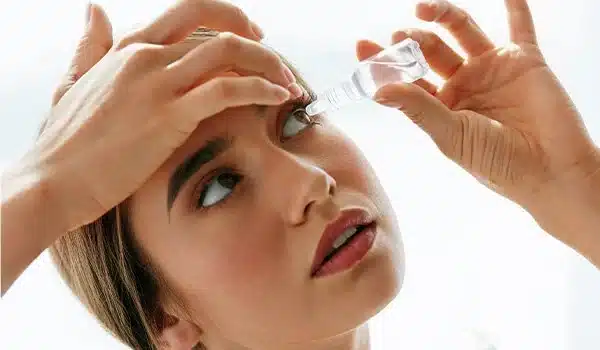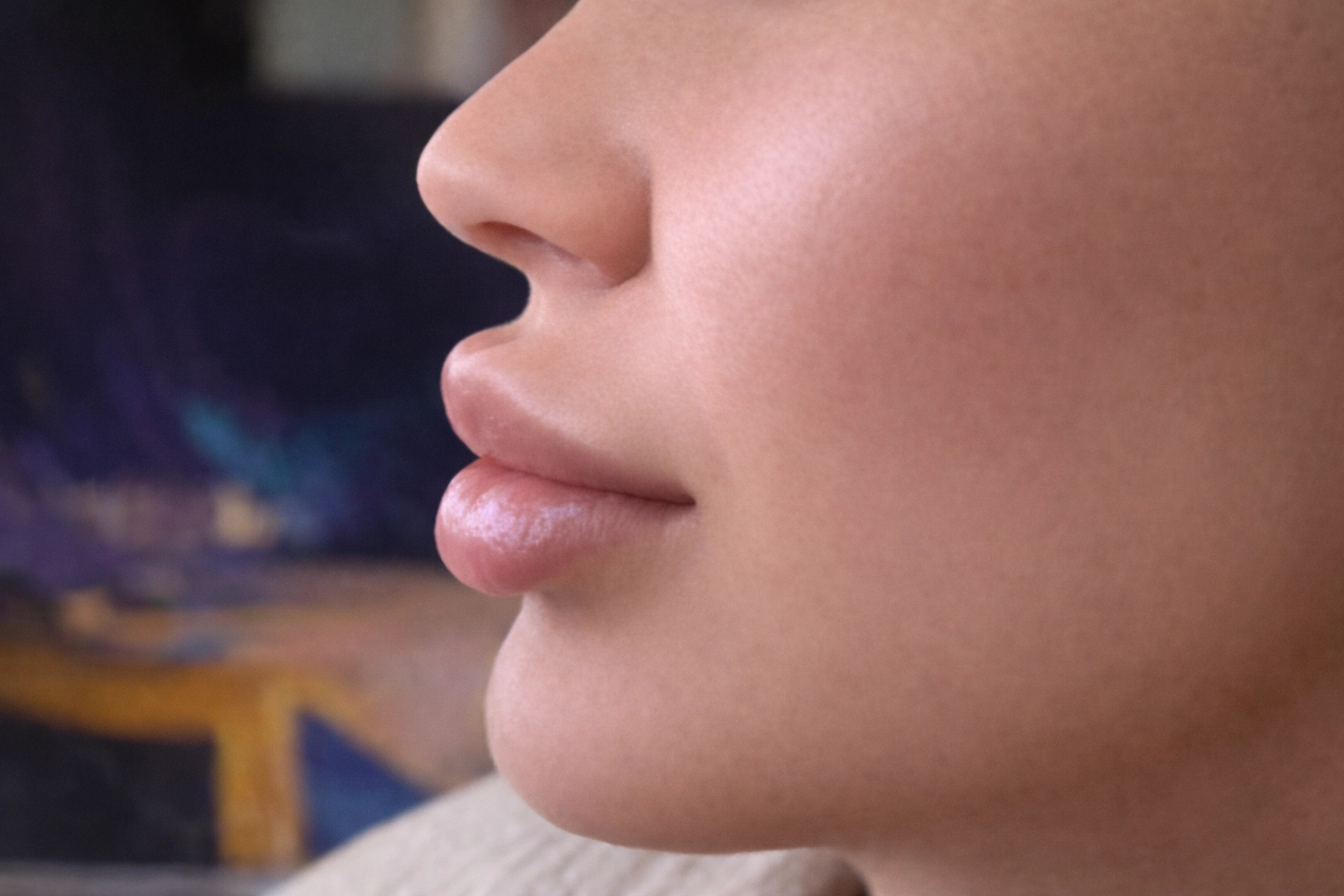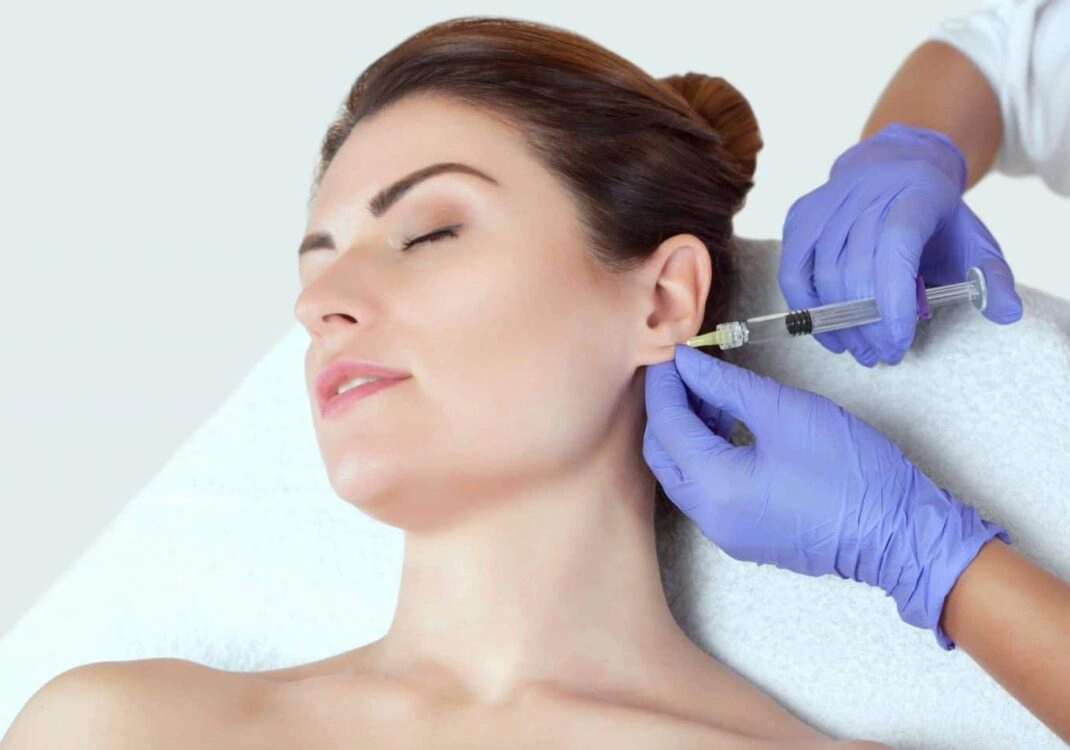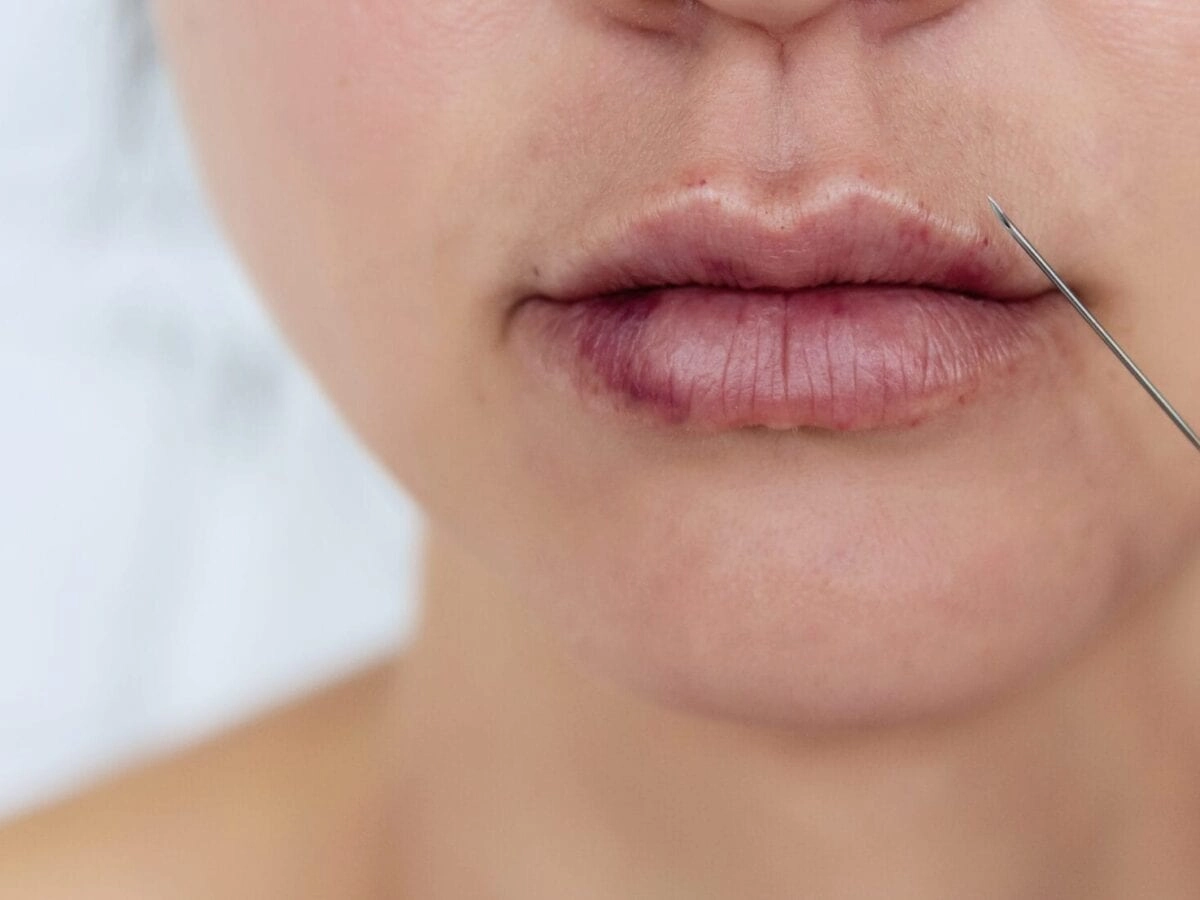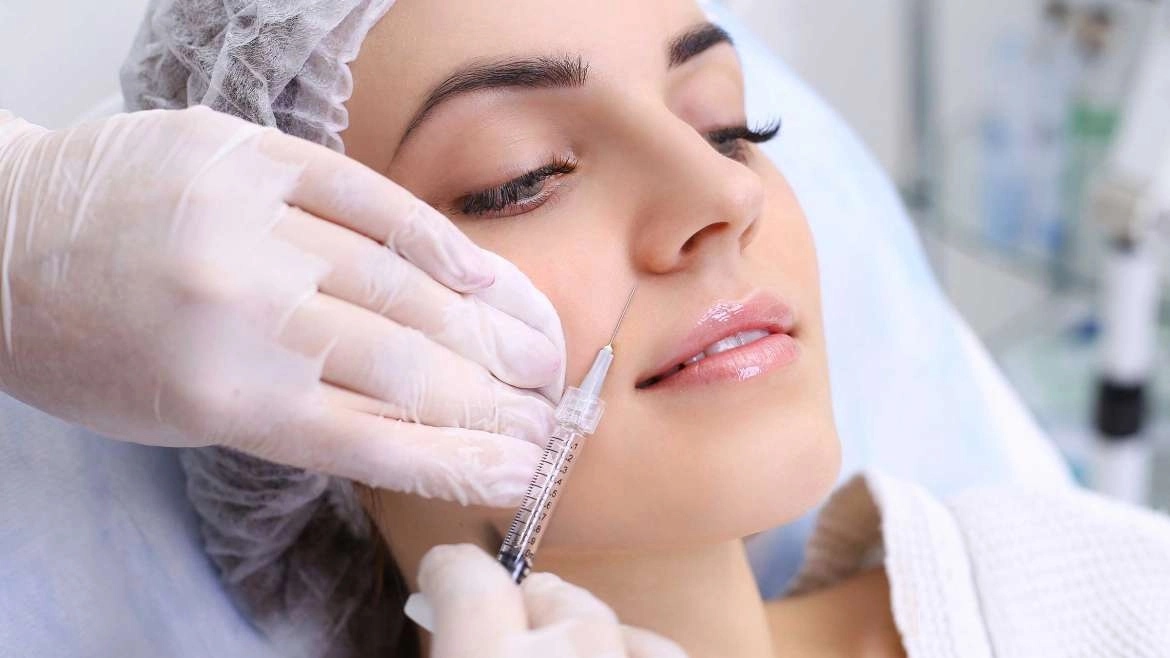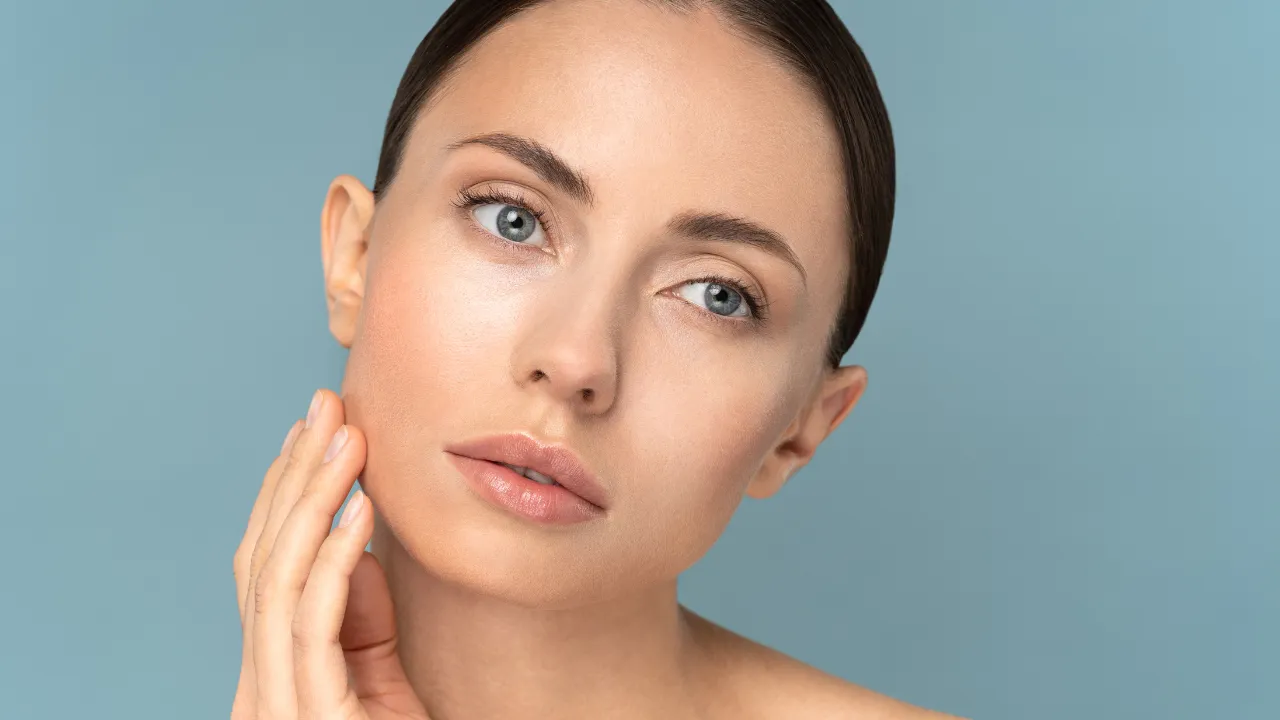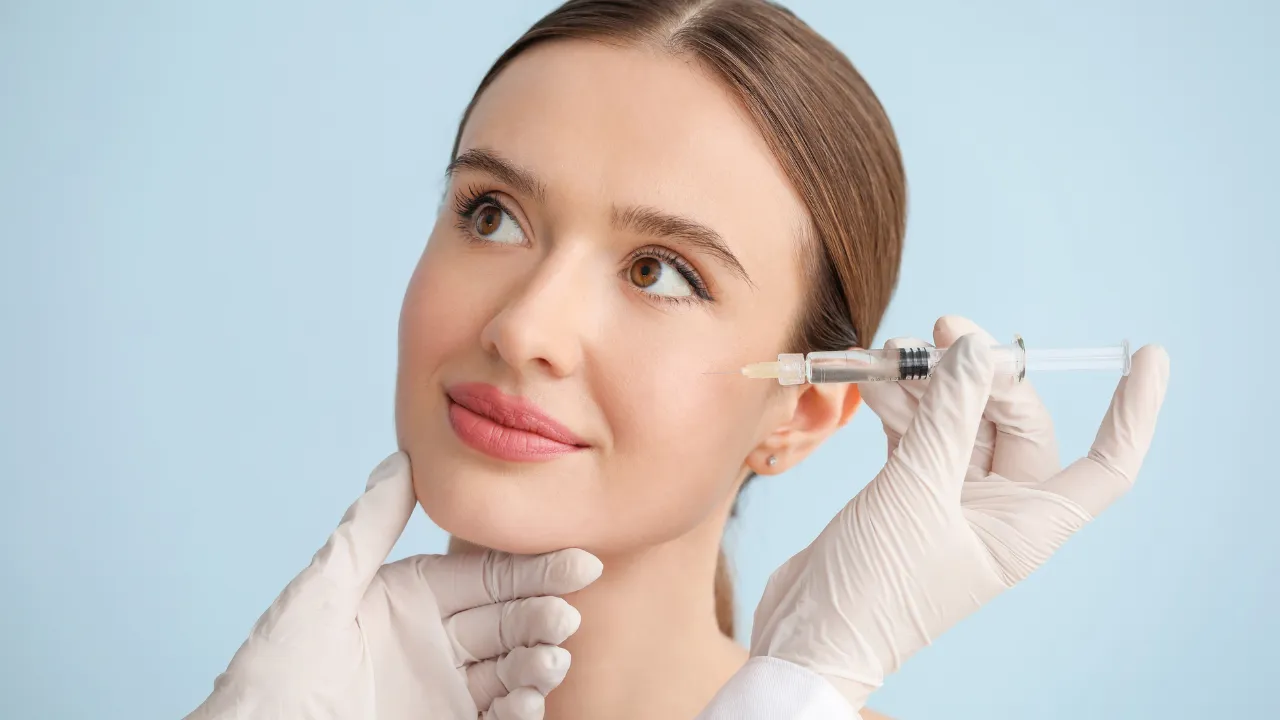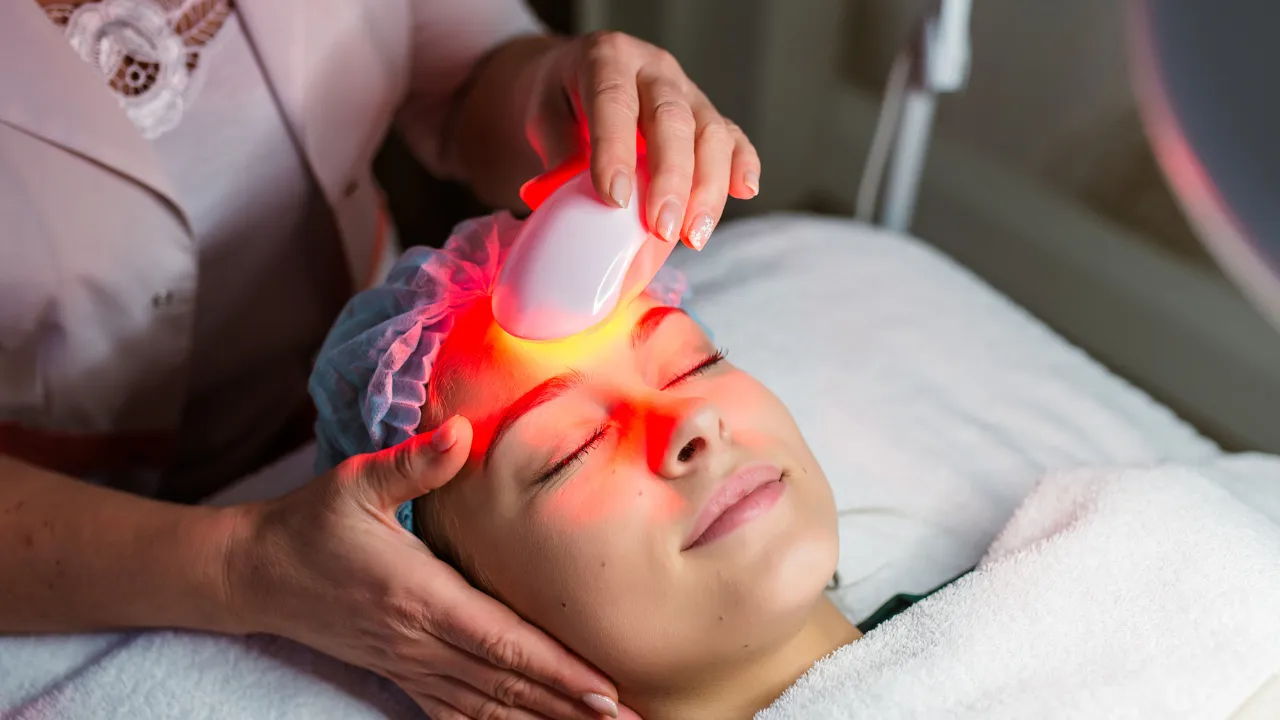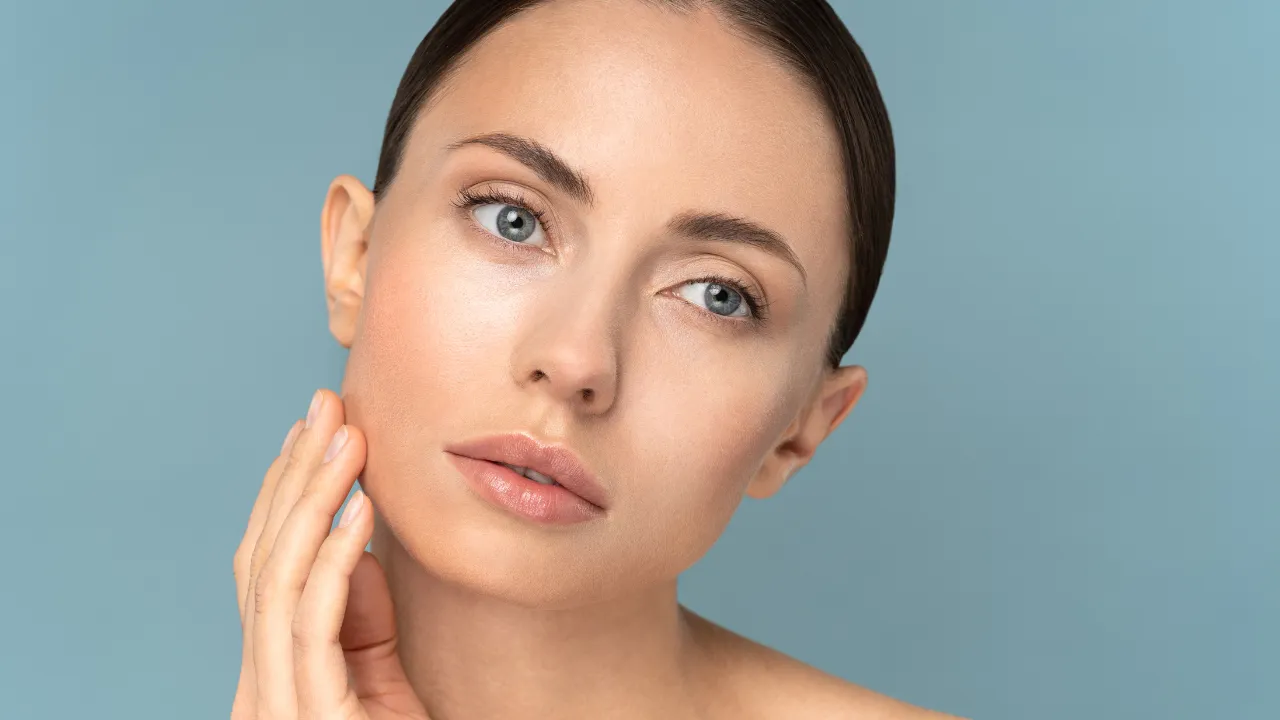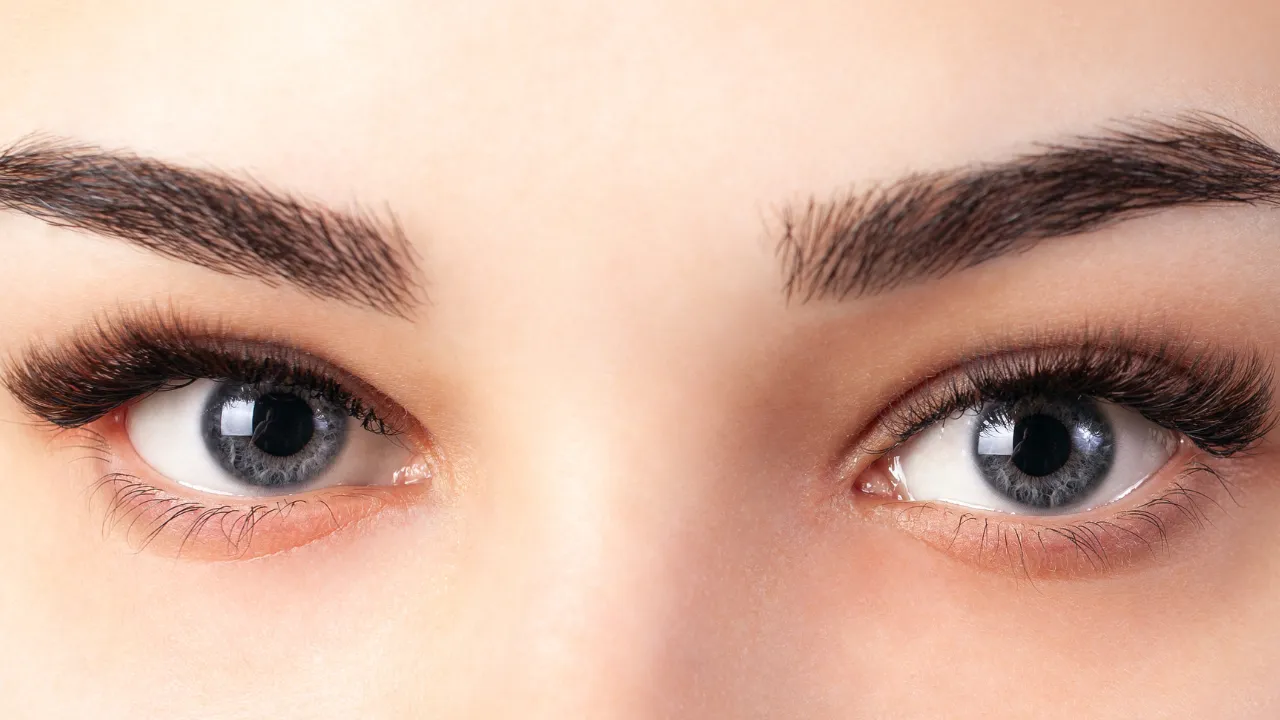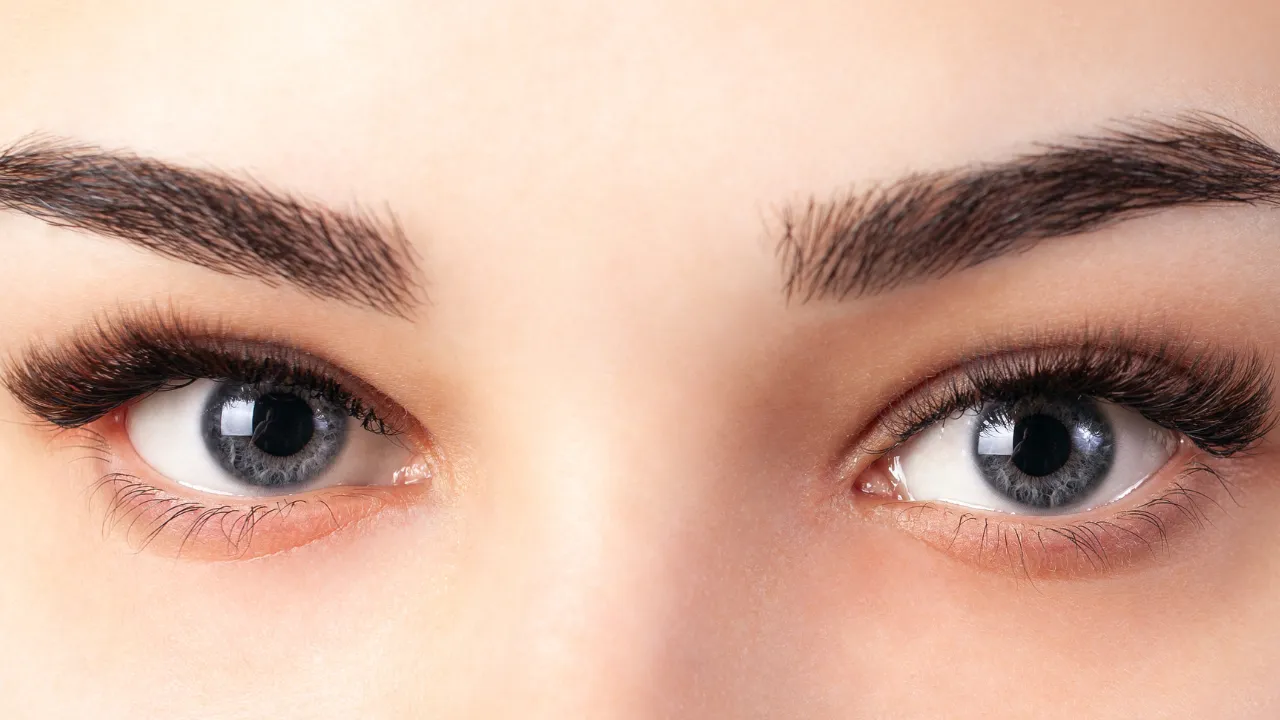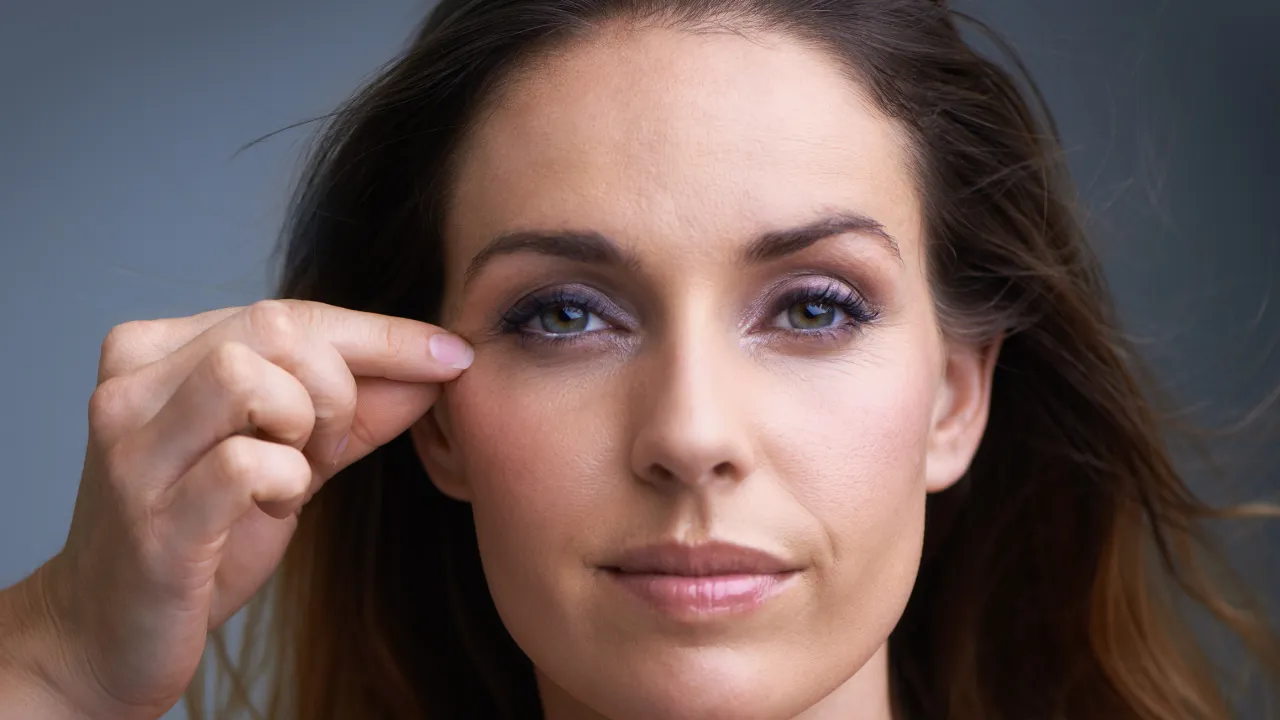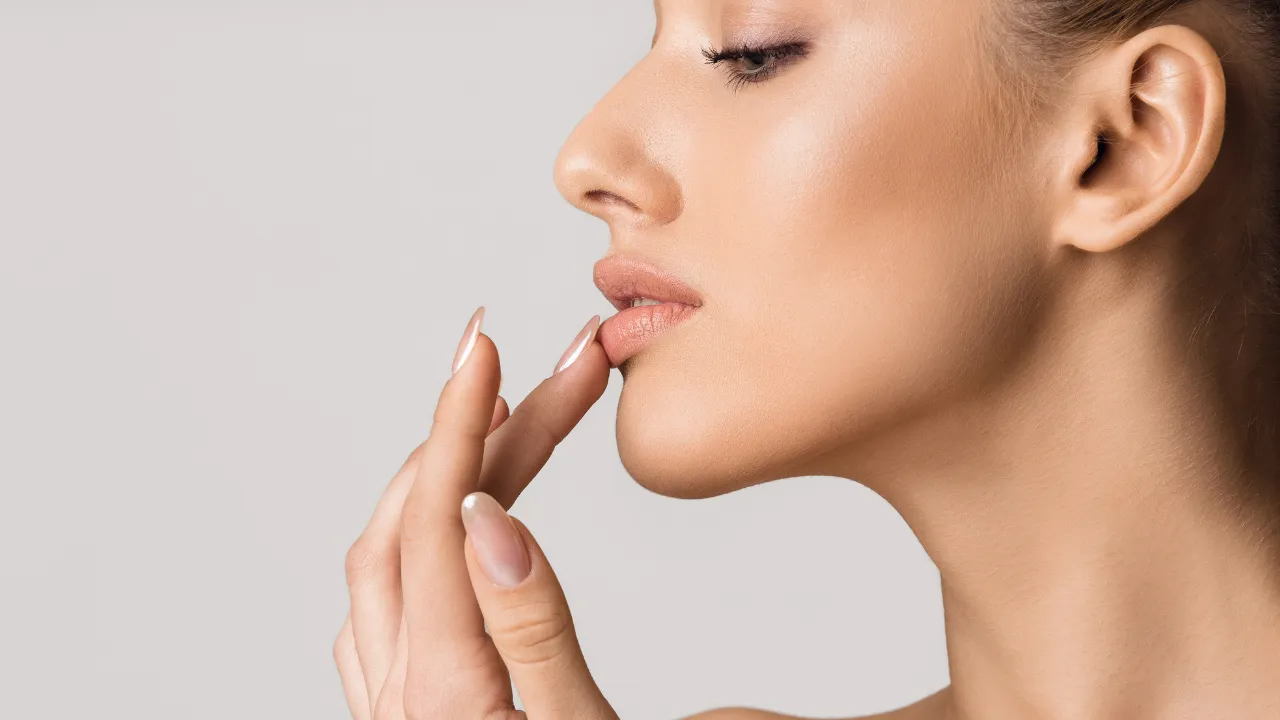Many people want to manage saggy eyelids and droopy eyes without surgery. For mild cases, over the counter eye drops for ptosis may offer short-term relief. At Kopelman Aesthetic Surgery, Dr. Joel Kopelman helps patients evaluate when drops are useful and when other options may be needed.
Understanding Droopy Eyes and Ptosis
Ptosis is a condition where the upper eyelid droops. It may be due to age, nerve problems, or a previous procedure. Some people notice their eyes look uneven or tired in photos.
In mild cases, it’s cosmetic. In severe cases, it may block vision. While saggy eyelids are often related to skin laxity, true ptosis affects the muscles that lift the lid. A proper eye exam can determine the cause.
Conditions like myasthenia gravis can affect these muscles, making it worse. In children, amblyopia or lazy eye may develop if the droop interferes with normal vision.
Table of Contents
ToggleCan Eye Drops Treat Droopy Eyelids?
Some drops slightly lift the eyelid by stimulating the Müller’s muscle. This effect is temporary and works best for mild ptosis.
These drops don’t fix structural or nerve-related issues. They may help after Botox or mild acquired ptosis, but they’re not a permanent treatment option.
Eye Drops for Weak Eye Muscles
Some medications can stimulate weak eye muscles and create mild lifting for several hours. These eye drops for weak eye muscles are most useful when the muscle still responds.
They won’t help if ptosis is caused by nerve damage or excess skin.
Over-the-Counter Eye Drops for Droopy Eyelids
OTC drops may reduce redness or irritation but won’t lift the lid. Some people try these hoping for a cosmetic effect, but they don’t treat the root cause.
They may still help the eyes look more refreshed, especially for redness or dryness.
Eye Drops for Droopy Eyelid After Botox
Botox can cause eyelid drooping if it spreads to nearby muscles. In these cases, Apraclonidine or Iopidine may help. These drops are often prescribed temporarily until the Botox wears off.
Can I Buy Upneeq Over the Counter?
Upneeq is FDA-approved as a prescription eye drop for droopy eyelids. It cannot be bought over the counter; a doctor must prescribe it.
Prescription Eye Drops for Eyelid Lifting
Prescription drops target the eyelid muscles and offer more visible results than OTC products.
How Oxymetazoline Works for Ptosis
Oxymetazoline, the active ingredient in Upneeq -FDA approved prescription eye drops for droopy eyes in adults- stimulates the Müller’s muscle through α-adrenergic receptors. This causes a small lift of about 1 mm.
Results begin in 15–30 minutes and last up to 6 hours. Upneeq was approved after clinical trials showed its effectiveness.
Apraclonidine and Iopidine for Botox Ptosis
These drops may help with Botox-related ptosis and are used off-label. While not designed for long-term use, they can provide short-term benefits.
Who Should Avoid Upneeq?
People with high blood pressure, heart problems, or narrow-angle glaucoma should not use Upneeq without doctor approval. Dr. Kopelman always reviews medical history before recommending it.
Side effects may include eye irritation, blurred vision, or headache.
Choosing the Best Eye Drops
Choosing the best eye drops for droopy eyelids depends on your condition, goals, and overall health.
Upneeq vs. OTC Options
Upneeq is more effective for ptosis. OTC drops help with redness or dryness but don’t lift the eyelid.
Alternatives to Upneeq: Apraclonidine and Iopidine
Both are used off-label for temporary lift, especially in Botox-related cases. They aren’t a cure but may help short term.
When to Consider Eyelid Surgery
Drops only offer temporary relief. For long-term correction or more serious issues, eye surgery may be necessary.
When Eye Drops Aren’t Enough
If drooping interferes with daily tasks or causes vision problems, drops won’t be enough. Dr. Kopelman evaluates function and recommends a long-term solution when needed.
Some patients benefit from eye patching during treatment planning or recovery.
Surgical Treatments for Ptosis
Surgery may involve muscle tightening or skin removal. As an expert in oculoplastic procedures, Dr. Kopelman performs surgery with a focus on safety and results. This option provides long-term improvement for both appearance and function.
Quick FAQ
Can Upneeq be used every day?
Yes. It works for about 6 hours and is safe for daily use under medical guidance.
Will OTC eye drops lift saggy eyelids?
No. They may reduce redness but don’t treat true ptosis.
Is Upneeq a permanent solution?
No. It’s temporary. Surgery is needed for lasting results.
Eye Drop Comparison
- Upneeq
- Use: Mild acquired ptosis
- Prescription Required: Yes
- Apraclonidine
- Use: Botox-related droop
- Prescription Required: Yes (off-label)
- Iopidine
- Use: Off-label for Botox ptosis
- Prescription Required: Yes
- OTC Drops
- Use: Redness relief, hydration
- Prescription Required: No
Final Thoughts
Eye drops like Upneeq can help improve mild droopy eyes. While over the counter eye drops don’t treat the cause, prescription options offer short-term lift for select cases.
For lasting results or more severe drooping, eye surgery may be the better choice. A full eye exam is key to ruling out conditions like myasthenia gravis or eye injury. To find the right treatment option, consult a specialist like Dr. Joel Kopelman, who offers expert guidance on safe and effective solutions.

